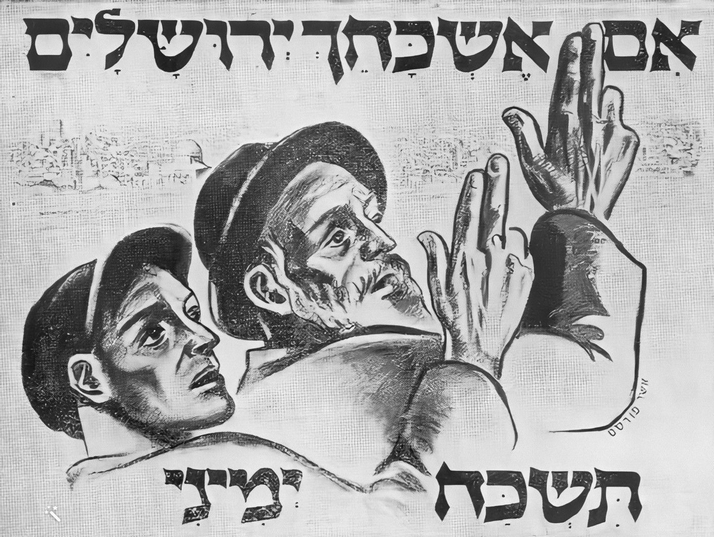Tisha B'Av
Tisha B'Av is a customary Jewish day of fasting and mourning that marks several national tragedies traditionally endured by the Jewish people on or about the 9th of Av. The most significant were the destruction of the First and Second Temples. This day of mourning was ordained by the rabbinical sages (Derabanan), unlike the Jewish laws (mitzvot) that were provided with the written Torah (De'oraita). Many congregations also mourn other national disasters on Tisha B'Av, primarily the Holocaust and the expulsion of the Jews from Spain.
Tisha B'Av Customs
Tisha B'Av is the pivotal day of the annual Three Weeks mourning period, also known as Bein ha-Metzarim ("in dire straits"). The Three Weeks begin on the 17th of the Hebrew month of Tammuz, when a customary Jewish fast commemorates the day that the walls of Jerusalem were breached preceding the destruction of the Second Temple. The mourning customs during the Three Weeks differ among various congregations, but all observe a stricter set of rules for the Nine Days that commence on the first day of the month of Av, and culminate on Tisha B'Av (the 9th of Av).
Among the five Jewish fasting days ordained by the rabbinical sages (four relate to the destruction of the Temples), Tisha B'Av has the most rigorous mourning customs. Tisha B'Av begins at sunset on the previous day (the 8th of Av) and ends when stars appear in the sky on the 9th of Av. If the 9th falls on the Sabbath (Saturday), the Tisha B'Av fast begins on Saturday night and lasts until Sunday night. All five prohibitions that apply on Yom Kippur are also practiced on Tisha B'Av - the forbiddance to eat, drink, bathe, apply oils and lotions, wear leather shoes, and engage in sexual relations.
Many communities augmented the ascetic practices and added rites, such as reading Megilat Eicha (the Scroll of Lamentations) and other kinot (elegies), dimming the lights and sitting on the floor in the synagogue, adding special prayers, and not donning the customary tefillin and tallit during the morning prayer (Shacharit).
The National Library of Israel has collected an assortment of historical items relating to Tisha B'Av that illustrate its significance, content, and customs in diverse followings in both Israel and abroad, throughout history. The Library preserves both printed and handwritten prayer books and elegies, Midrash (Jewish biblical exegesis) and Halacha (collective Jewish law) writings, editions of the Scroll of Lamentations, photographs and cards, posters and ads, literature and studies, newspaper articles and more.

 Sign in with Google
Sign in with Google
 Sign in with Facebook
Sign in with Facebook















